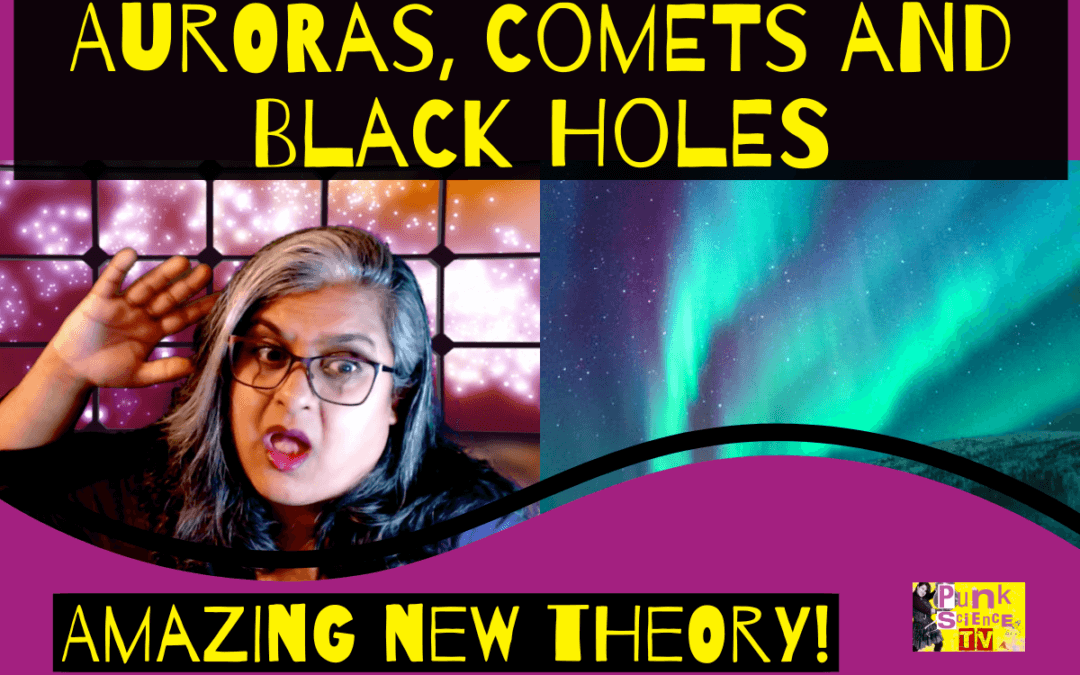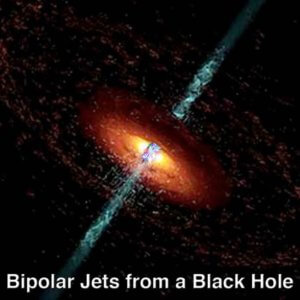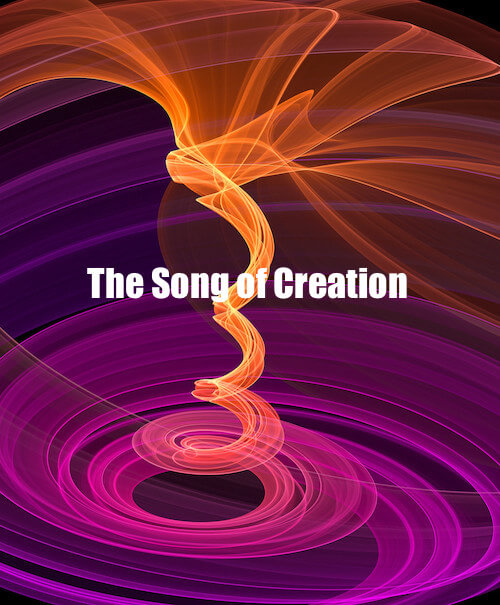
Auroras, Comets and Black Holes
Auroras on a comet?
A lot us are familiar with the concept of Northern Lights and Southern Lights or Aurora Borealis and Australis as they are otherwise known. But why have scientists spotted an aurora on a comet? They are also seen around moons and other planets. Is the received wisdom on Auroras correct and what do they have in common with Black Holes? These are the questions we are asking today: what is the connection between auroras, comets and black holes?
A spectacular light show
You may be familiar with the concept of the Northern Lights which are spectacular changing colours that are sometimes seen in the sky in countries close to the North pole.
We are told that this spectacular light show actually has its origins with the sun as the solar wind, consisting of fast-moving charged particles, interacts with the magnetosphere of our planet causing various elements in the Earth’s atmosphere to create the colours that we see.
And for many years, we have accepted this explanation. Except as space exploration continues, we find some anomalies that don’t fit this theory. Auroras are seen on planets that we previously supposed were not able to have them. Jupiter has an aurora that is deemed too powerful for this usual explanation.
And in 2020 scientists discovered that even comets have auroras! This particular aurora was in the ultraviolet aspect of the spectrum so invisible to us.
But it leaves us with the question; how is it possible that something as small as a comet can generate a magnetic field large enough to interact with the solar wind and generate an aurora? The same question arises when we find auroras on distant moons too.
What exactly is going on?
Northern and Southern Lights pulse at the same time
I find it really intriguing that the northern and southern hemispheres on the earth both have these auroras at the same time – they are known as the Aurora Borealis and Aurora Australis respectively.
Actually, rather than coming from the outside in as we would expect particles from the sun to do, the charged particles go from the middle to the poles and you see both the northern and southern hemisphere light up at the same time. Not everyone mentions this and most of the diagrams show the particles going the other way.
In other words, the charged particles that create auroras on the Earth are similar to bipolar jets that we see around black holes.

Even though they are supposed to be created by different mechanisms, we see auroras around planets and moons and they consist of fast-moving charged particles.
A new theory of Auroras – they are bipolar jets!
I think that auroras are an expression of The Black Hole Principle: the same mechanism is happening in black holes in space as on the earth and also many bodies throughout space as well.
So you have these poles of charged particles that are going from the centre to either side, going to the north and the south poles of the earth.
The fast-moving charged particles, such as electrons, are creating these northern and southern light shows that we see with the interactions with the elements of the atmosphere.
But it’s not the just the solar wind interaction, it’s the interior of Earth or whichever planetary body, whether that be a moon or a comet, Jupiter or anything else that we’re finding that has auroras, it’s all the same sort of mechanism.
If we put it that way, then we’re looking at auroras are caused by bipolar jets of fast-moving charged particles similar to those found in black holes.
The Black Hole Principle and Auroras
We can see auroras as an expression of the Black Hole Principle. That’s what I think is also happening with the auroras that we’re seeing around comets.
We know that black holes create jets of fast-moving electrons due to The Black Hole Principle. These are powerful and intermittent and often are emitted in jets.

The Black Hole Principle
I think the same mechanism that creates auroras around comets is actually creating auroras at every single level, be it Jupiter or the Earth or moons. It‘s these bipolar jets that we see in black holes that are creating the auroras around planets and various bodies.
I hope you found this article and TV episode on Auroras, Comets and Black Holes interesting. Please leave your comments below and let me know what you think.



